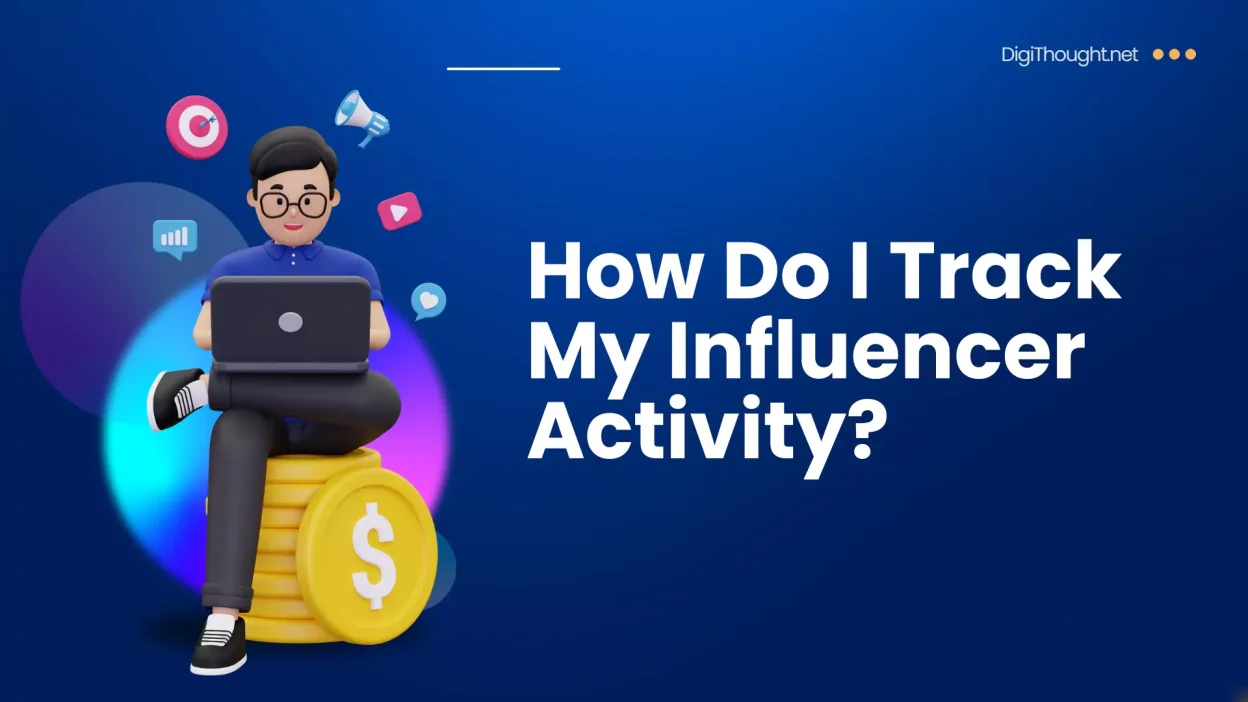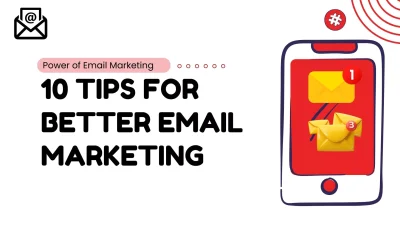How to Track Your Influencer Marketing Activity
“Influencer marketing has emerged as a very effective tool for brands to extend their reach and engage with targeted audiences in a much more authentic manner,” Hopkinson says.
But here’s the thing: Getting those campaigns off the ground is just half the battle; the real magic happens when you start monitoring your influencer activity. You’re essentially flying blind without solid tracking in place because you can’t measure performance or optimize your campaigns.
If you’ve been wondering, “How do I track my influencer activity?” this blog post is for you. We’ll explain why tracking is important, what to track, and the key tools and tactics needed to keep your campaigns sharp.
Why it Matters: Who is Influencing and Why It’s Tracking
This influence chatter might sound like a lot, and it is, but in current vernacular, influence is the slot machine – and everybody loves watching the wheels go round and round.
It is important to monitor the influencer’s activities for a number of reasons:
-
ROI measurement: Are your campaigns earning enough revenue to justify your investment? You can’t answer this question without tracking data, and you may waste money on low-performance influencers.
-
Discovering High Performing Influencers For Your Brand: Every influencer will not work on your brand. Once you track their behavior, you can then determine which of them are the best at engaging or selling or creating awareness about your product or service.
-
Best Use: Use it to develop and refine a clear overall strategy. Knowing what works will help you adjust your campaigns for the better.
-
Transparency: Monitoring gives visibility to both sides (you and the influencer). All the influencer’s commitments will be monitored.
At the end of the day, tracking enables you to support what you’re doing with influencers with data, instead of guesswork.
Critical Ecosystem Stats to Follow Influencer Activity
Before you get started with the tracking process, you must know what the important metrics that you should be tracking. Some of the metrics that offer actionable insights into these influencer campaigns include:
1. Reach
This is the number of people who saw the influencer’s post about your brand. It is a measure that gives visibility of the audience’s potential.
For instance, if one influencer has 100,000 followers, and they share your product, your reach becomes their follower count (these plus the shares and engagements from any viral reach you may reach).
How to track:
- Assess the number of followers the influencer has.
- Analyze impression data if the influencer offers insights (common on Instagram and TikTok business accounts).
2. Engagement
These are engagement metrics, showing how well the influencer’s audience is engaging with the content.
That means likes, comments, shares, saves, you name it. High engagement rates typically mean that the audience is engaged and trusts the influencer.
How to track:
-
Use the formula:
Engagement rate = ((Total engagements ÷ Total followers) x 100) -
So, do read the sentiment of comments/giveaways to make sure that they are giving positive feedback.
3. Traffic
One of the easiest ways to measure performance around the Zola Valley is by seeing how much traffic your influencer is driving to your website, landing page, or app.
This figure is important to know who is actually moving users to act.
How to track:
- Give your influencers unique, traceable URLs with UTM variables.
- Check your website analytics to see where your traffic is coming from.
4. Conversions
Conversions are your campaign’s overall goal, be it a sale, sign-up up or lead.
Typically, a high-converting influencer can directly affect your ROI.
How to track:
- Give influencers their own individual promo codes and monitor which ones were used.
- Try using affiliate links and tracking activity through your e-commerce platform.
5. Content Performance
Check the quality and relevancy of the influencer’s content.
We are more likely to get sentiment and engagement out of a creative, pull-him-up short in the teeth.
How to track:
- Seek re-shares, mentions, and impressions.
- Through AI or manual scanning, you can find out how perfectly the influencer’s content matches your tone of brand.
Best Ways of Monitoring Influencer Campaigns
Now that you know what to track, how do you arrange systems to monitor consistently?
Here are some of the most important:
Create Clear Campaign Goals
Define what behaviors indicate you have been successful in your campaign.
Are you trying to add 10,000 new followers, boost sales 20%, or step up engagement on your Instagram page?
When you know what you want to achieve, then you can begin defining which of your metrics are most important, and you can pare down the data to analyse going forward.
Use UTM Parameters
UTM parameters are pieces of code appended to a particular URL to monitor performance.
So if they are linking out to your website in their content, you can add a UTM code that indicates the traffic source (ie – influencer’s Instagram story).
Tools such as Google Analytics make it simple to capture traffic because of UTM-tagged URLs.
Assign Promo Codes
You can use special promo codes to attribute direct sales to particular influencers.
For example, the code “SUMMER10” could be given to an influencer so you can see how many times it was redeemed at checkout.
Capitalise on Influencer Marketing Platforms
You’ll want to leverage influencer management platforms such as:
- Traackr
- AspireIQ
- GRIN
These help you manage campaigns and pull in data. These tools help you consolidate your efforts, monitor how well your campaigns are doing and can even recommend influencers that resonate with your brand.
Ask for Analytics Reports From Influencers
For Instagram and TikTok, and YouTube business account holders, most influencers should have access to post insights which includes engagement rates and impressions.
There are many who will provide you with this information if you just ask for it.
Set Up Regular Check-ins
Leave evaluations for the end of the campaign.
Schedule regular (weekly or biweekly) check-ins to review progress with influencers and tweak based on initial findings.
You can also read this for a better understanding:
Top Tracking Tools to Monitor Influencer’s Doings
If keeping track might be too hard, or you’re handling multiple influencers, you can always use these tools to make your life easier:
- Google Analytics: Monitor UTM links and traffic from particular influencers.
- Sprout Social: Monitor social engagement and keep tabs on hashtags.
- AspireIQ: Keep on top of your influencer relationships and find out what your brilliant creators are delivering on within their campaigns.
- HYPR: AI to provide real-time influencer audience data and engagement stats.
- BuzzSumo: Trends in how influencer posts are performing.
Common Blunders Marketers Make When Monitoring Influencer Performance
There are common errors that brands often make when measuring influencer efforts that can lead to flawed data and lost opportunities. Here’s what to avoid:
- Obsession with Followers: Success isn’t achieved through a large number of followers. Engagement matters more.
- Not using UTM tags: Without tracking links, you’re just fumbling in the dark and can’t even see how well your campaign’s really doing.
- Ignoring Sentiment Analysis: Engagement is not only a numbers thing. Make sure to track sentiment among your audience to understand how positively or negatively users are reacting to your brand.
Elevate Your Influencer Marketing
This sounds daunting to monitor influencer activity, but with goals in place, robust tools, and smart planning, this can be one of the most rewarding of your marketing activities.
When you keep an eye on performance and let data do the talking, you can create bigger, better campaigns, make better friends with your partners, and see cool returns.
And now your set up to get the best performance insights of your influencer work, get going!
Find what can be enhanced, introduce tracking techniques, and start working on campaigns that have tangible output.
You can also read this: What is Social Media Influencer Marketing?



